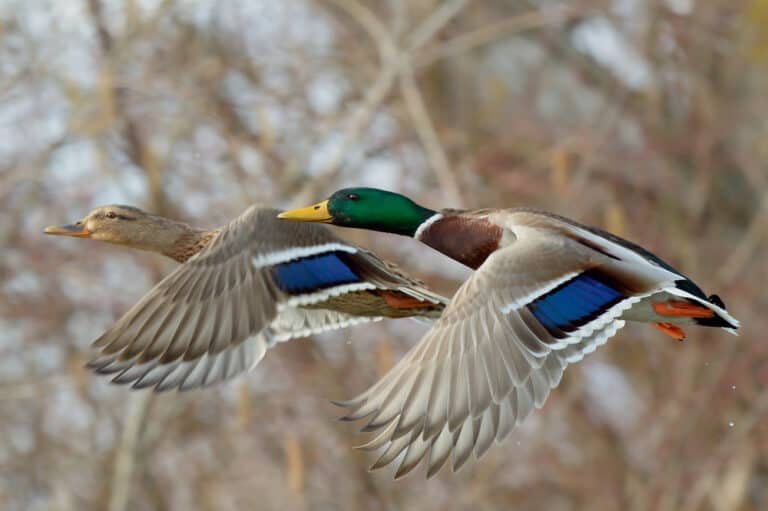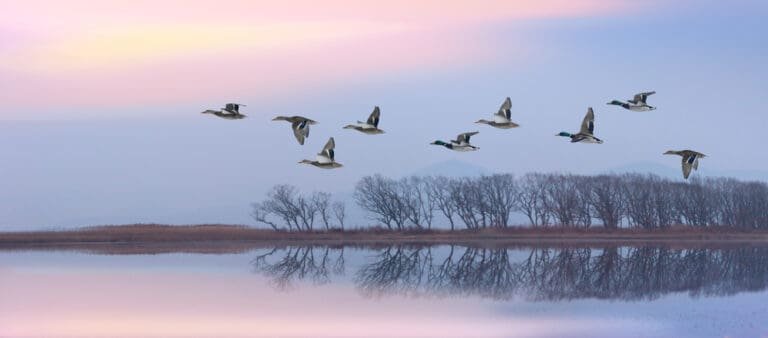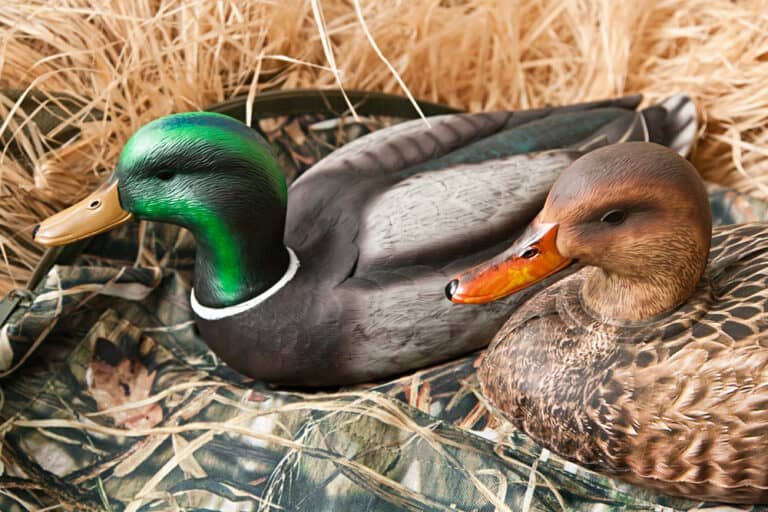Preserving Wetlands: What You Need to Know
Wetlands are crucial ecosystems, defined as areas often or always soaked with water. These include marshes, swamps, bogs, and floodplains. This article covers why preserving wetlands matters for climate & water quality.
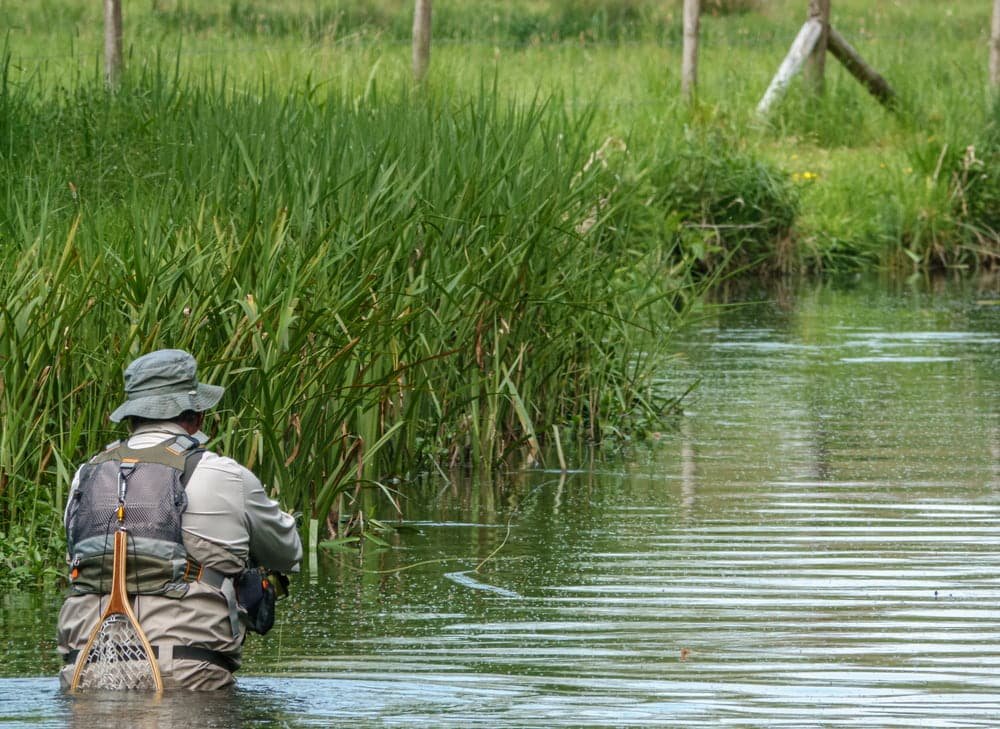
Understanding Wetlands
Wetlands vary globally. Marshes have grasses in freshwater, swamps have trees and slow water, bogs are acidic and peat-rich, and floodplains flood regularly. Each type is unique and important.
Why Preserving Wetlands Matters
Wetlands are key for ecology and human well-being. They support a range of species and help in global biodiversity. Wetlands offer homes to migratory birds and protect endangered species. They store carbon, reducing climate change impacts. As natural barriers, they guard against floods and storms. Wetlands also clean water, keeping our rivers and lakes healthy.
Habitats for Life
Wetlands are lively. Plants like cattails and water lilies give oxygen and shelter. They’re breeding grounds for amphibians and fish and vital for insects like dragonflies.
Supporting Birds and Endangered Species
Wetlands are crucial stops for migratory birds. They provide food and rest. Endangered species like the American alligator and Amur leopard rely on wetlands for survival.

Fighting Climate Change
Wetlands help fight climate change. They absorb and store carbon dioxide. This is key in reducing global warming.
Natural Flood Control
Wetlands act like sponges. They absorb excess rain and reduce flooding. This is especially important for coastal areas facing storms and rising sea levels.
Natural Water Filters
Wetlands filter water. They remove pollutants and sediments. This helps keep our aquatic environments clean.
Coastal Protectors Preserving Wetlands
Coastal wetlands protect against storms and hurricanes. They absorb storm energy and lessen coastal erosion. For example, Louisiana’s marshes were crucial during Hurricane Katrina.
In short, wetlands are more than just water-filled areas. They’re essential for the health of our planet and need protection. Their conservation is vital for sustainable ecology. Understanding and supporting wetland preservation is crucial for our future.
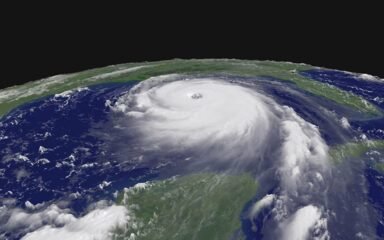
Economic Benefits: Tourism and Recreation Opportunities
Wetlands offer extensive opportunities for tourism and recreation due to their unique ecological features. Activities like birdwatching, fishing, kayaking, and hiking trails through wetland habitats attract nature enthusiasts worldwide.
Birdwatchers flock to renowned wetland sites to spot rare species during migration periods or observe resident populations in their natural habitats. Fishing is another popular recreational activity associated with wetlands’ diverse ecosystems.
Anglers are drawn by the abundance of fish species that thrive in these nutrient-rich environments—lakeshores teeming with bass or estuaries housing prized seafood like crabs and oysters are just a few examples. The economic value derived from tourism revenue from wetland-related activities is substantial and often contributes significantly to local economies.
Flood Control and Agricultural Productivity Through Preserving Wetlands
Wetlands are key to local communities, mainly due to their role in flood control. Their dense plants and deep roots absorb extra water during heavy rains and storms. This helps control water flow, cutting the risk of floods downstream.
This natural process lessens the need for expensive flood control methods like levees, dams, or artificial channels. Wetlands also boost agricultural productivity. As water flows through, wetland plants filter out excess nutrients like nitrogen and phosphorus. These nutrients enrich the soil or help other wetland plants grow.
Farmers can use this nutrient-rich water for irrigation, improving crop growth. This reduces the need for synthetic fertilizers. By understanding the benefits of wetlands, like coastal protection, economic gains from tourism, and crucial ecosystem services, we can highlight the importance of protecting these habitats for the environment and our well-being.
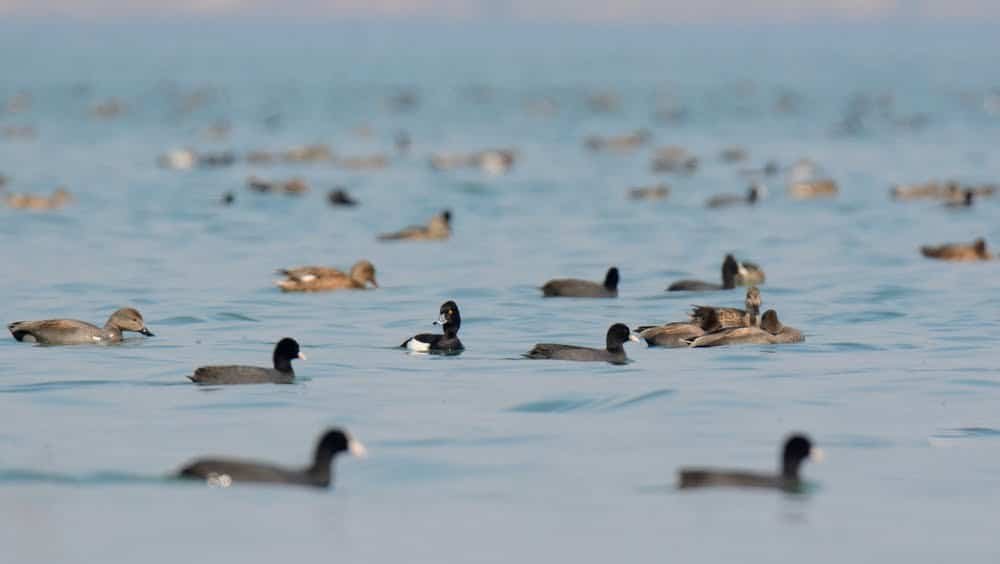
Preserving Wetlands: Their Importance and Diversity
Wetlands are diverse ecosystems, each with unique ecological roles. With nutrient-rich soils and plants like cattails and reeds, Marshes are vital for amphibians and waterfowl. Swamps, with trees like cypress or mangroves, provide homes for birds, reptiles, and mammals.
Bogs offer acidic conditions, supporting unique plants like sphagnum mosses and carnivorous species like sundews. These varied wetland types show how plants and animals adapt to different environments.
Flora and Fauna in Wetlands
In marshes, plants like bulrushes and water lilies offer food and shelter to invertebrates and waterfowl. With their tall cypress trees, the swamps are home to herons, alligators, and river otters. Bogs have unique plants, like pitcher plants, showcasing diverse life adaptations.
Wetlands’ Historical Significance
Historically, wetlands were crucial for indigenous peoples for transport, trade, and resources like food and materials. Today, they remain vital for indigenous cultures for sustenance and spiritual practices. This historical connection highlights our responsibility to preserve wetlands.
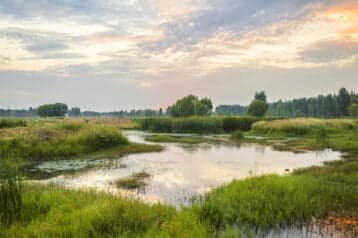
Conclusion – Preserving Wetlands
The preservation of wetlands encompasses far more than just safeguarding habitats or maintaining biodiversity. These invaluable ecosystems provide crucial services such as climate regulation, water purification, coastal protection, and economic benefits to human societies worldwide.
By understanding the diverse wetland types and their unique ecological characteristics, we can appreciate the intricate web of life they sustain. Furthermore, recognizing the historical significance of wetlands allows us to honor our ancestral ties to these environments and foster a deeper sense of stewardship for their conservation.


